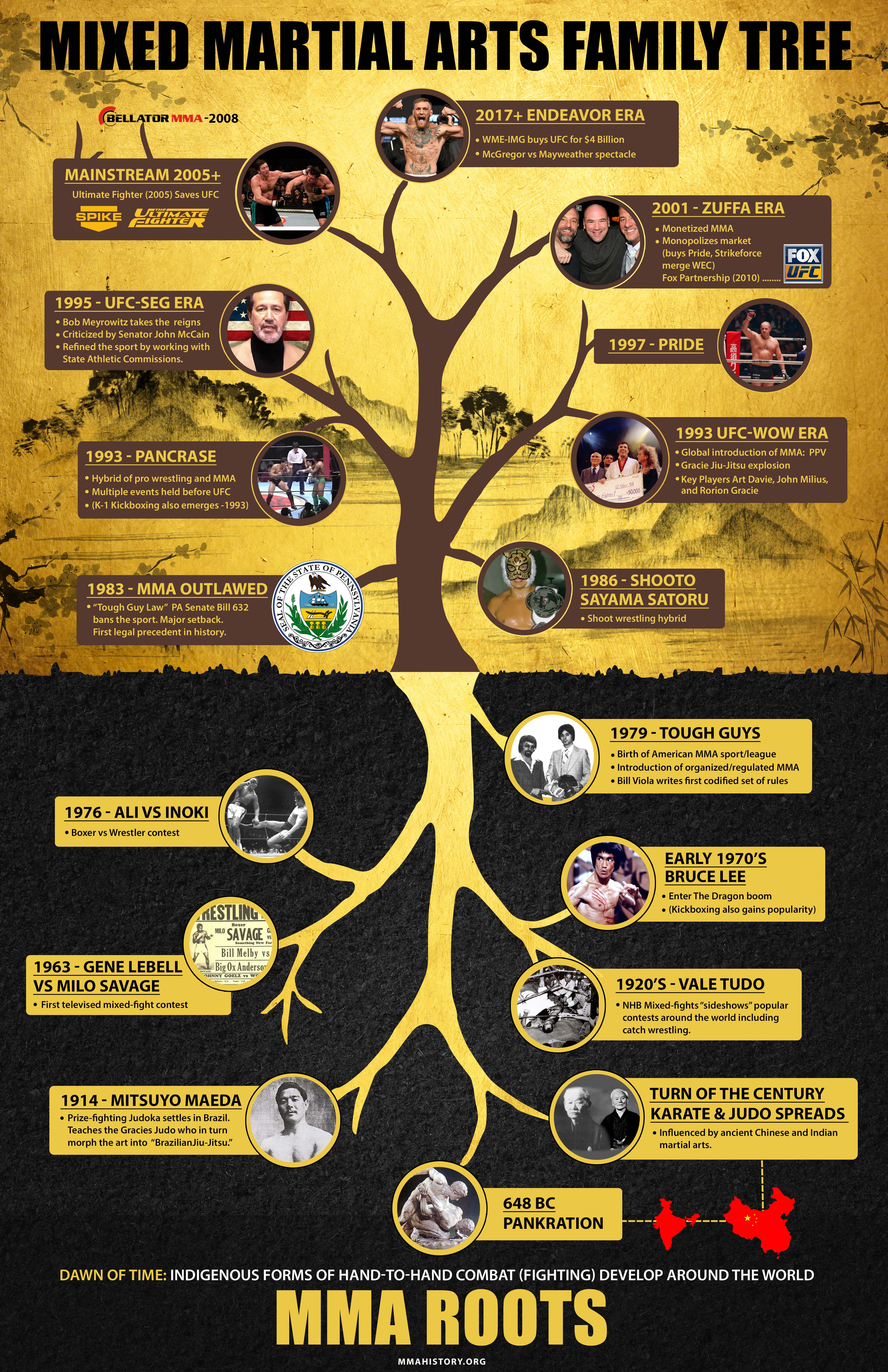Debunking The Different Martial Arts Styles: From Martial Arts To Taekwondo
Debunking The Different Martial Arts Styles: From Martial Arts To Taekwondo
Blog Article
Content By-Becker Haastrup
Are you tired of sensation bewildered by the large world of martial arts? With a lot of styles to pick from, it can be easy to obtain shed in a sea of strikes, kicks, and mystical names. Yet concern not!
This conversation will certainly debunk the different martial arts designs, taking you on a trip from the effective strikes of Martial arts to the dynamic kicks of Taekwondo. Get ready to reveal the beginnings, strategies, and approaches behind these ancient art kinds.
So, tighten your belt and prepare to embark on an enlightening exploration into the fascinating world of martial arts.
Beginnings of Martial Arts Styles
The origins of fighting styles styles can be mapped back to ancient human beings and their need for protection and battle strategies. Throughout history, different societies established their own one-of-a-kind approaches of fighting, each with its own collection of strategies and viewpoints.
In China, for instance, fighting styles styles such as Martial art and Tai Chi were developed as a means of self-defense and boosting physical and mental wellness.
In Japan, the samurai warriors developed styles like Martial arts and Judo, focusing on technique, accuracy, and proficiency of the body.
Similarly, in Korea, Taekwondo became a fighting style stressing high kicks, fast activities, and mental fortitude.
These early people laid the foundation for the diverse variety of fighting styles styles that exist today, each with its own rich background and cultural relevance.
Strategies and Training Methods
To master martial arts styles, practitioners should learn numerous strategies and training methods.
Strategies are the certain activities and actions used in battle, such as punches, kicks, tosses, and obstructs. Different fighting styles styles have their own distinct collection of methods that specialists have to understand via extensive training.
Educating https://bestagetostartmartialarts94703.fare-blog.com/33996396/start-a-remarkable-experience-into-the-realm-of-martial-arts-where-the-fusion-of-old-time-custom-mades-and-contemporary-performance-awaits differ depending on the design, however they usually entail a combination of physical conditioning, drills, competing, and types.
Physical fitness is critical to construct stamina, adaptability, and endurance. Drills help professionals refine their methods and improve their rate and accuracy.
Competing allows professionals to practice their techniques in a controlled, practical atmosphere. Kinds, likewise known as kata, are deliberate sequences of movements that aid experts develop muscle memory and emphasis.
Approaches and Principles
Exploring the ideologies and principles of fighting styles designs can offer you with a deeper understanding of your chosen technique. Each martial art has its own one-of-a-kind view point and collection of directing principles that form the method it's practiced.
As free martial arts near me , Martial arts emphasizes self-control, respect, and self-discipline. It teaches professionals to concentrate their body and minds, allowing them to defend themselves while maintaining a sense of internal peace.
On the other hand, Taekwondo puts a solid emphasis on speed, dexterity, and versatility. Its principles are rooted in the tenets of politeness, stability, determination, self-constraint, and unbeatable spirit.
Verdict
Now that you've checked out the origins, strategies, and philosophies of numerous martial arts styles, you have a deeper understanding of these old techniques.
Imagine a young karate student, practicing with undeviating resolution and focus, appearing boards with an effective strike.
Their trip showcases the dedication and toughness called for to grasp a fighting style, advising us that with technique and perseverance, anything is possible.
